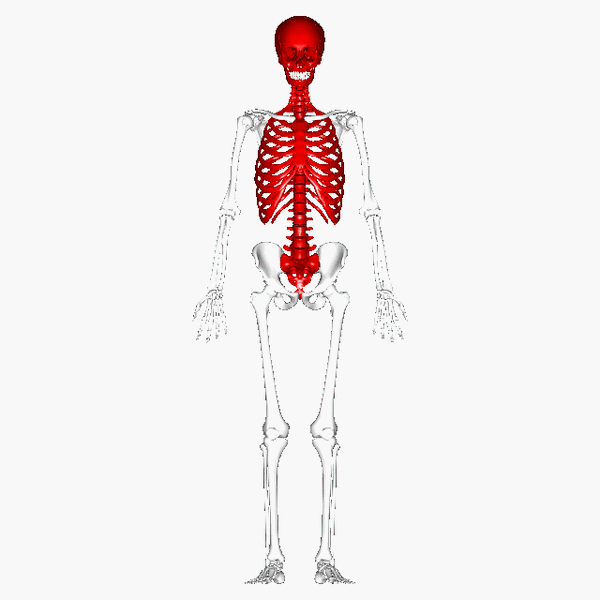⚠️ Test Running in Guest Mode
Important: Your final mark will not be saved.
Skeletal System GapFill
You must fill all the gaps before clicking ‘Check Answers!’

The various types of bones that make up the skeletal system play several important roles in the functioning of the human body.
An important function of the skeletal system that enables these actions is the articulation of bones to form joints, which enable when working alongside the muscular system. This is achieved by flat or irregular bones providing a location for muscle via tendons. When the muscles contract they pull on long bones, which act as levers, to allow movement of a limb.
Flat or irregular bones that form skeletal structures, such as the cranium surrounding the brain, the surrounding the heart and lungs and the vertebrae surrounding the spinal cord, play an important role in the of vital organs, allowing them to function unharmed. This is particularly important in contact sports, such as boxing or rugby, which would almost certainly result in damage to these organs if there weren't any bone structures surrounding them.
Long bones, such as the humerus in the upper arm and the in the upper leg, contain bone marrow, which is the site for blood cell . These blood cells transport and nutrients to the exercising muscles during aerobic respiration.
The skeletal system is also responsible for providing shape and to the body's structures. This assists in the maintenance of good posture when carrying out physical activities, helping to reduce the risk of injury. It also predisposes performers to specific sports and activities, such as the slight build of gymnasts and the broad frame of rugby players.